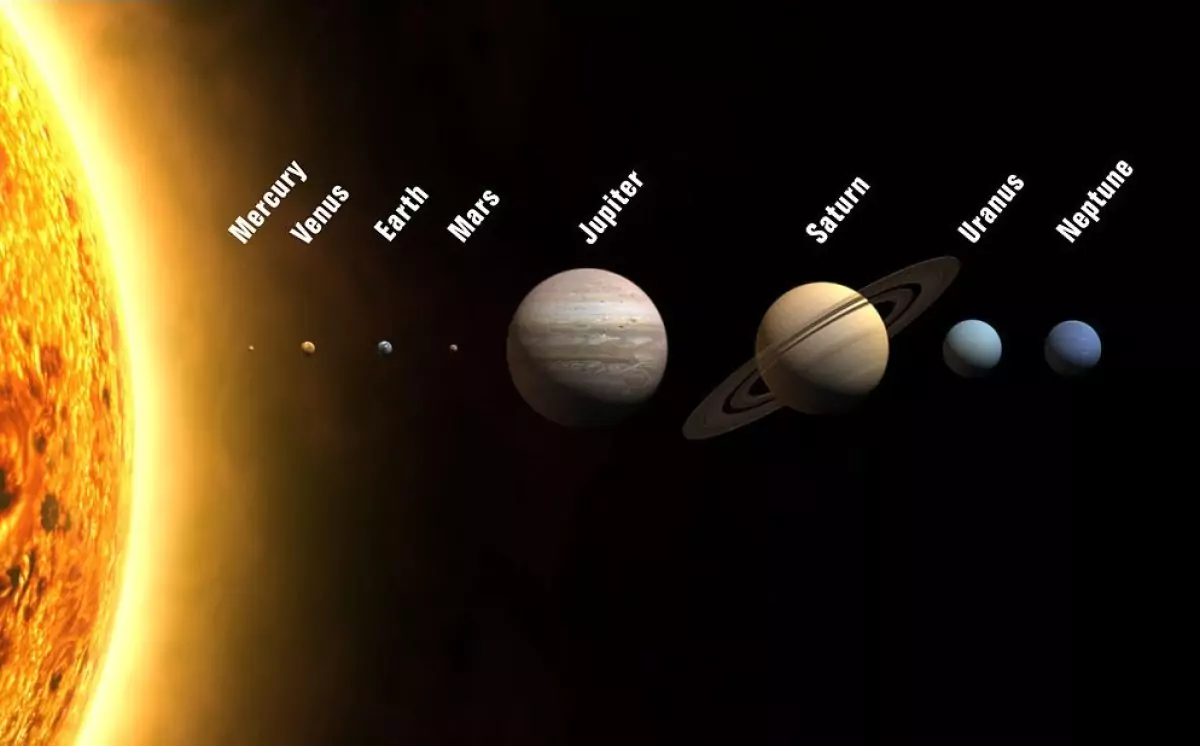A Glance at the Four Inner Planets of the Solar System
A glance at the four inner planets of the solar system are facts about the four planets in the inner asteroid belt.

A glance at the four planets in the solar system is a brief explanation of the four planets located between the Sun and the asteroid belt.
The asteroid belt itself is located between the planets Mars and Jupiter. Thus, this article will discuss the planets Mercury, Venus, Earth and Mars.
Inner Planets of the Solar System and Their Facts
We currently know that there are a total of eight objects that are considered planets. If there are four inner planets, then the remaining four are outer planets. Here's a look at the inner planets of the solar system.
1. Planet Mercury
Mercury is the first and closest planet to the Sun. Apart from that, this planet is also the smallest among the other eight planets. Mercury goes around the Sun once in 88 days. Meanwhile, the rotation time is 58 days and 14 hours.
Because its position is very close to the Sun, of course, the surface temperature of Mercury is very hot. The surface temperature is around 180 degrees to 430 degrees Celsius. Ironically, the part of Mercury that faces the Sun is very hot, while the other hemisphere behind it is frozen.
2. Planet Venus
Mercury is indeed the hot planet and closest to the Sun. However, Venus is the hottest planet in the solar system. The surface temperature reaches 462 degrees Celsius. Venus is similar to Earth in terms of size, gravity and composition.
This planet was named Venus because it looks very beautiful when seen from Earth. This beautiful appearance is because Venus is covered in a yellow blanket of thick clouds and reflects sunlight.
3. Planet Earth
Earth is the planet where we live. Previously, the Earth was thought to be flat. However, as technology developed, the round shape of the Earth was successfully proven. But actually, the Earth is not completely round but is 43 kilometres thicker in the middle.
As you already know, the Earth revolves around the Sun for one year, or to be precise, 365.2564 days. The distance between the Earth and the Sun is 1 AU (Astronomical Unit), which is equivalent to 149.6 million kilometres. Earth has a natural satellite called the Moon, which began orbiting about 4.53 billion years ago.
4. Planet Mars
It would be incomplete if a glance at the inner planets of the solar system did not discuss Mars. The planet Mars is the fourth closest to the Sun.
This planet was named after the Greek God of War because of its red, angry appearance. This color is caused by the presence of iron oxide on the surface of Mars. The atmosphere on Mars is very thin.
On its surface, Mars has craters, volcanoes, valleys, deserts and ice caps. On Mars, there is Mons Olympus, the highest mountain in the solar system, and there is also Valles Marineris, the deepest valley in the solar system. Scientists are still continuing to observe Mars for the possibility of life or traces of civilization.
After the orbit of the planet Mars and before the orbit of the planet Jupiter, there are many asteroids circling the Sun. The asteroid's orbit is called the asteroid belt. This belt is what separates the planet into two parts in the solar system. Inner and outer planets of the solar system.
